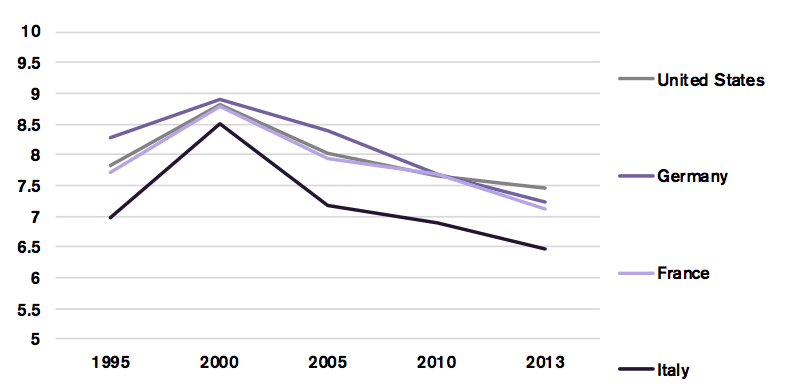

In this paper Topalova looks at the impact of trade liberalization on poverty across different regions in India, using the sudden and extensive change in India’s trade policy in 1991. But it is necessary to add this perspective to the simplistic story of “trade with China is bad for US workers”.Īnother important paper in this field is Topalova (2010): “Factor immobility and regional impacts of trade liberalization: Evidence on poverty from India”. This is no consolation to people who lost their job. On the whole, Magyari finds that although Chinese imports may have reduced employment within some establishments, these losses were more than offset by gains in employment within the same firms in other places. This means that job losses in some regions subsidized new jobs in other parts of the country. So companies that outsourced jobs to China often ended up closing some lines of business, but at the same time expanded other lines elsewhere in the US. Indeed, Ildikó Magyari recently found evidence suggesting the Chinese trade shock provided incentives for US firms to diversify and reorganize production. In particular, comparing changes in employment at the regional level misses the fact that firms operate in multiple regions and industries at the same time. 2īut it’s also important to keep in mind that Autor and colleagues are only giving us a partial perspective on the total effect of trade on employment. Many workers and communities were affected over a long period of time. This result is important because it shows that the labor market adjustments were large. There are large deviations from the trend (there are some low-exposure regions with big negative changes in employment) but the paper provides more sophisticated regressions and robustness checks, and finds that this relationship is statistically significant. The trend line in this chart shows a negative relationship: more exposure goes together with less employment. The vertical position of the dots represents the percent change in manufacturing employment for working age population and the horizontal position represents the predicted exposure to rising imports (exposure varies across regions depending on the local weight of different industries). Each dot is a small region (a ‘commuting zone’ to be precise). It’s a scatter plot of cross-regional exposure to rising imports, against changes in employment. The visualization here is one of the key charts from their paper. Additionally, they found that claims for unemployment and healthcare benefits also increased in more trade-exposed labor markets. In this paper, Autor and coauthors looked at how local labor markets changed in the parts of the country most exposed to Chinese competition, and they found that rising exposure increased unemployment, lowered labor force participation, and reduced wages. The most famous study looking at this question is Autor, Dorn and Hanson (2013): “The China syndrome: Local labor market effects of import competition in the United States”. Studies measuring the distribution of welfare gains, across all the main relevant welfare channels are only beginning to emerge.

This fails to consider welfare gains from increased product variety and obscures complicated distributional issues, such as the fact that poor and rich individuals consume different baskets so they benefit differently from changes in relative prices. Most studies approximate the impact of trade on welfare by looking at how much wages can buy, using as reference the changing prices of a fixed basket of goods. Trade also affects consumer prices not just wages.Aggregating across regions and firms gives us a different picture.


The negative effects of trade on earnings tend to be concentrated in specific areas and industries.Globalization impacts the standard of living of different types of workers to different degrees within countries, in all countries. Narratives that focus on winning and losing countries miss the point.These studies are important and informative, but there are some nuances to keep in mind. Several academic studies have shown that trade liberalization often has a negative impact on wages and employment for specific groups of people – from industry workers in the US to farmers in India.


 0 kommentar(er)
0 kommentar(er)
